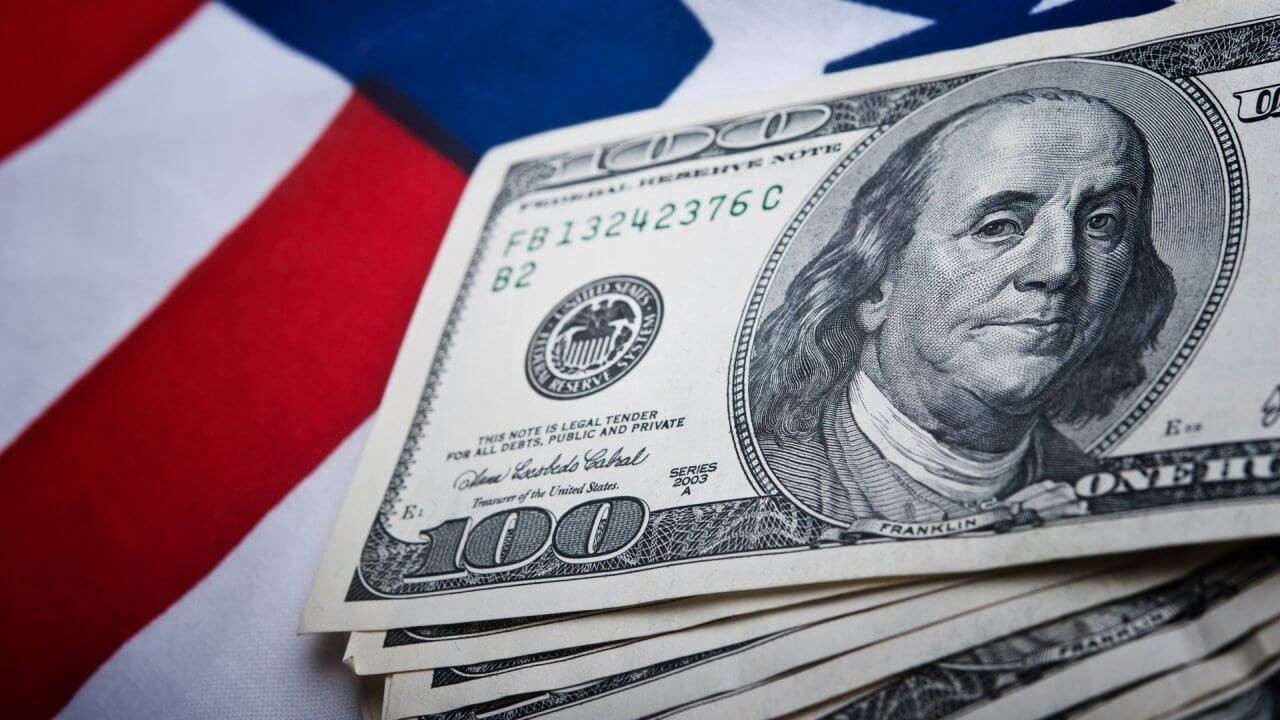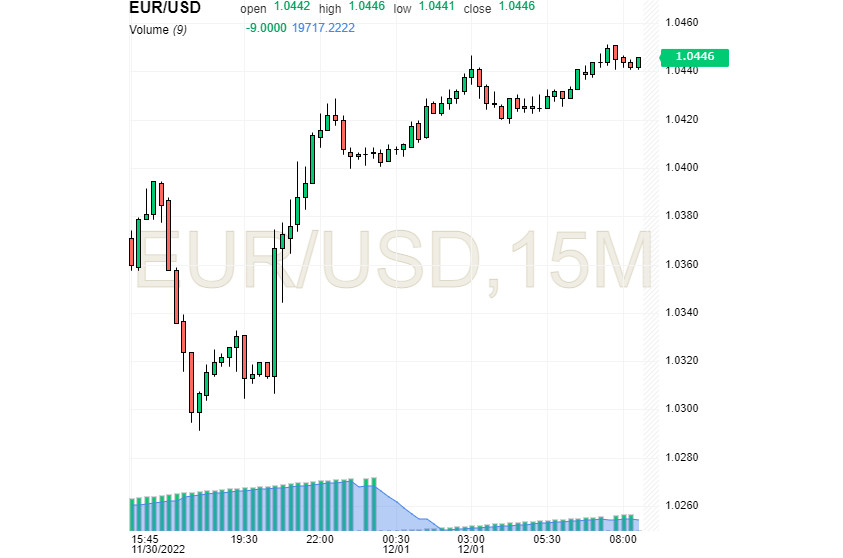
By the end of the week, the greenback surrendered the lion's share of its positions, unable to withstand the onslaught of the Federal Reserve, which is set to further tighten monetary policy. The central bank once again reiterated its position on scaling back the pace of its interest rate hikes, thereby weakening the U.S. currency.
According to Fed Chairman Jerome Powell, the central bank is preparing to slow the pace of interest rises in the first months of winter. He admits that the rates will increase for some time, and then this growth will stop and they will remain at their current level. According to Powell, these measures will help in the fight against inflation: "The time for moderating the pace of rate increases may come as soon as the December meeting," Powell said. "Given our progress in tightening policy, the timing of that moderation is far less significant than the questions of how much further we will need to raise rates to control inflation," he said, "and the length of time it will be necessary to hold policy at a restrictive level."
This situation had a negative impact on the dollar's dynamics, which collapsed on Wednesday evening, November 30, after Powell's comments. The greenback weakened considerably on possible December interest rate cuts. The EUR/USD pair added 0.32% on Wednesday, hitting 1.0364. Afterwards, the pair rose steadily, advancing to the next highs. On Thursday morning, December 1, EUR/USD was trading at 1.0446.

Analysts pay attention to the pair's growth, despite the disappointing data on eurozone inflation. According to experts' estimates, recent reports showed a more significant than expected slowdown in price growth in the area in November 2022. Such developments became an argument in favor of slowing down the pace of tightening of the monetary policy by the European Central Bank and an additional restraining factor for the euro.
Many experts believe that the worst is yet to come for the European economy and the single currency. Among the negative factors analysts point to rising gas prices and the general economic instability. At the same time the European Commission believes that the eurozone economy will plunge into recession in the fourth quarter of 2022, which will extend until the first quarter of 2023. Analysts pay attention to the risk of debt crisis in the euro area, which will negatively affect the euro's dynamics.
On this background, the Fed remains faithful to its chosen course, aimed at tightening the monetary policy. Many traders and investors believe that the Fed will take a pause in raising rates in the second quarter of 2023. Powell's recent comments contribute to such expectations, analysts note. In addition, the Fed is expected to raise interest rates by 50 bps at the meeting on December 13-14. Recall that in 2022, the central bank has raised the rate four times by 75 bps.
The Fed's current tightening of monetary policy is a response to a spike in inflation in the U.S. that has not been seen in the past 40 years. The Fed has responded by rapidly raising interest rates. The central bank is expected to raise its key rate from almost zero to a range of 4.25-4.50% at its December meeting. Some analysts believe this will help avoid a serious recession in the economy.
The Fed's actions, which are rated as the most aggressive since the 1980s, have now raised the key rate target range to 3.75%-4% from almost zero in March 2022. According to Powell, in the near future the level of the key rate may be "higher" than previously expected. Recall that in September this year the average forecast for it was 4.6%. However, at the December 13-14 meeting, the recent forecasts may be updated and adjusted according to the current situation.
According to the Fed's estimates, the central bank expects rising inflation over the next 12 months. According to Powell, at the moment there is no "compelling evidence" of its speedy slowdown. In his speech, the Fed chairman looked at the components of inflation in the U.S. and concluded that the rise in commodity prices has slowed. However, he does not consider this a victory over commodity inflation. The head of the Fed expressed a similar view on the slowdown in inflation for housing rents.
Analyzing U.S. services inflation, Powell drew attention to the shortage of supply in the labor market. The labor market "shows only tentative signs of rebalancing," he said. At the same time, despite rising rates, the U.S. economy is strengthening on the back of steady demand and stable hiring. However, this stability is deceptive, as it indicates the need for continuous rate hikes, Powell emphasized. Another sign of the cooling U.S. labor market was the ADP National Employment report, which showed a significant drop in job openings in October. According to ADP, the number of jobs in the U.S. private sector increased less than experts predicted. This indicates a decline in demand for labor amid high interest rates, experts believe.
The central bank will release its monthly report on U.S. employment on Friday, December 2. The consensus is for 200,000 jobs added by the end of November. According to economists, this is the slowest growth rate in two years. As for the slowdown in rate hikes, the central bank considers this the best way to "balance risks". Given this background, most market participants (91%) believe the central bank is likely to raise interest rates by 50 basis points, to 4.25-4.5% by year end. At the same time, the rate will reach its peak in May 2023, rising to 5%, experts summarize.
 English
English 
 Русский
Русский Bahasa Indonesia
Bahasa Indonesia Bahasa Malay
Bahasa Malay ไทย
ไทย Español
Español Deutsch
Deutsch Български
Български Français
Français Tiếng Việt
Tiếng Việt 中文
中文 বাংলা
বাংলা हिन्दी
हिन्दी Čeština
Čeština Українська
Українська Română
Română

